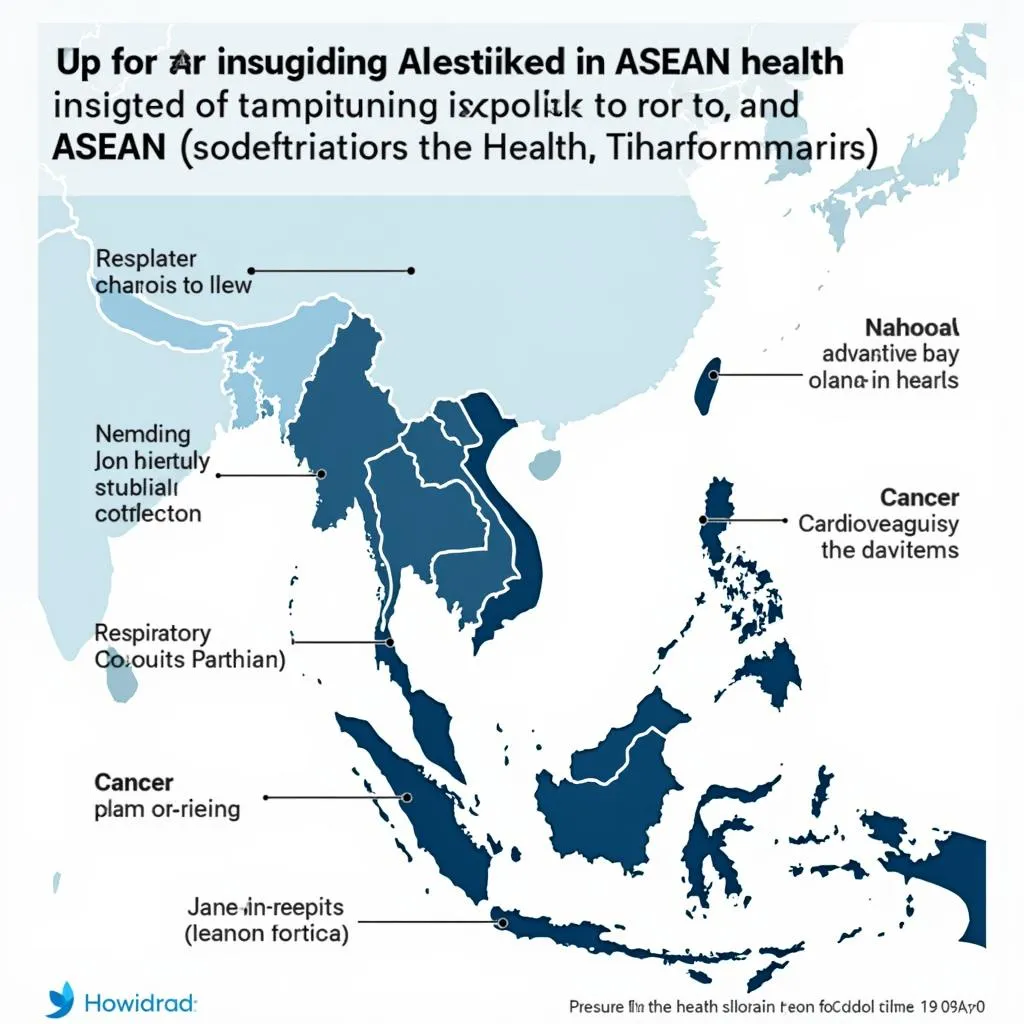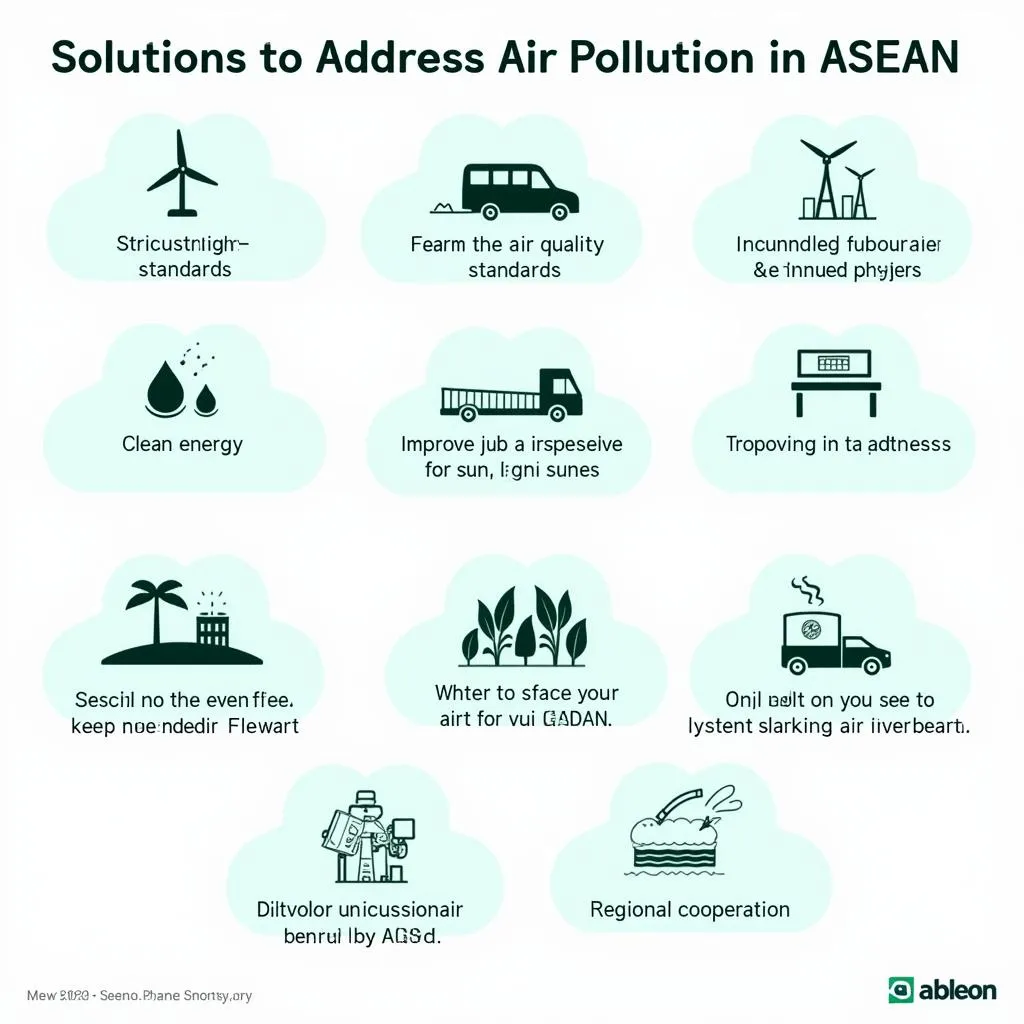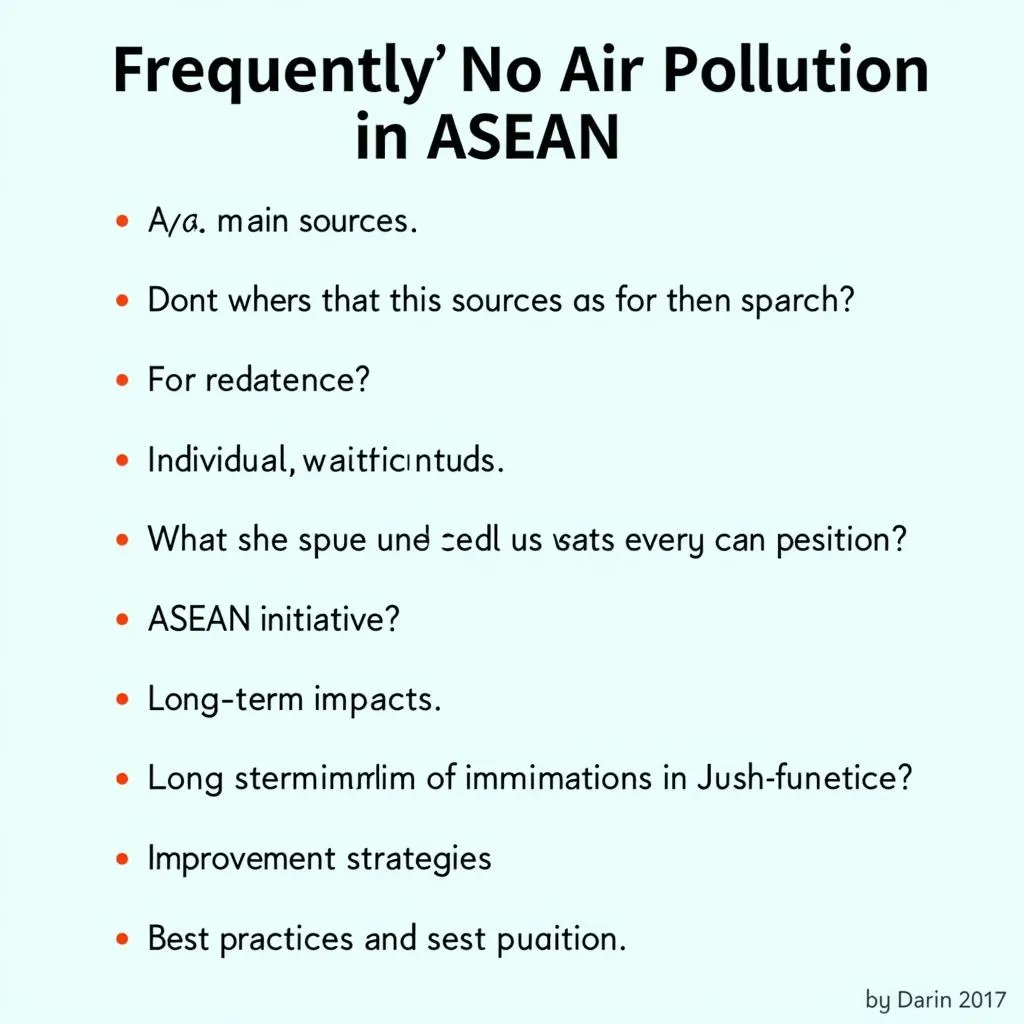Air pollution is a major problem in many parts of the world, and ASEAN is no exception. The region is home to some of the world’s most polluted cities, with millions of people exposed to dangerous levels of air pollutants every day. Air pollution in ASEAN is a complex issue with a variety of contributing factors, including:
- Rapid industrialization and urbanization: As ASEAN economies grow, so too does the demand for energy and transportation, leading to increased emissions from factories, power plants, and vehicles.
- Deforestation and land-use change: The clearing of forests for agriculture, logging, and other development activities can release large amounts of carbon dioxide into the atmosphere.
- Climate change: Rising temperatures and changes in weather patterns can increase the frequency and intensity of wildfires, which contribute to air pollution.
- Transboundary pollution: Air pollution can travel long distances across borders, meaning that countries in the region are affected by emissions from neighboring countries.
The Impacts of Air Pollution in ASEAN
The impacts of air pollution on human health and the environment are significant. Some of the most common health problems associated with air pollution include:
- Respiratory problems: Asthma, bronchitis, pneumonia, and other lung diseases.
- Cardiovascular problems: Heart attacks, stroke, and other heart conditions.
- Cancer: Lung cancer and other types of cancer.
- Other health issues: Eye irritation, skin problems, and neurological disorders.
 Air Pollution Health Impacts in ASEAN
Air Pollution Health Impacts in ASEAN
Air pollution can also have damaging effects on the environment, including:
- Acid rain: Air pollutants can react with water vapor in the atmosphere to form acidic rain, which can damage forests, lakes, and buildings.
- Climate change: Air pollution contributes to global warming by trapping heat in the atmosphere.
- Reduced visibility: Air pollution can reduce visibility, making it difficult to drive and fly.
- Damage to crops and livestock: Air pollution can damage crops and livestock, reducing agricultural yields.
Addressing Air Pollution in ASEAN
Addressing air pollution in ASEAN requires a comprehensive and coordinated approach. Some of the key steps that need to be taken include:
- Implementing stricter air quality standards: Governments need to set and enforce stricter air quality standards to reduce emissions from industries, vehicles, and other sources.
- Promoting clean energy: The region needs to transition to cleaner sources of energy, such as solar, wind, and hydropower.
- Improving public transportation: Investments in public transportation, cycling infrastructure, and walking paths can help reduce vehicle emissions.
- Encouraging sustainable agriculture: Sustainable agriculture practices can help reduce deforestation and emissions from agriculture.
- Regional cooperation: Cross-border collaboration is essential to address transboundary pollution. ASEAN countries need to work together to develop and implement common policies and strategies.
 Solutions to Air Pollution in ASEAN
Solutions to Air Pollution in ASEAN
The Need for Action
Air pollution is a serious threat to the health and well-being of the people of ASEAN. It is a complex issue that requires a multifaceted solution. Governments, businesses, and individuals all have a role to play in reducing air pollution and creating a healthier and more sustainable future for the region.
“Air pollution is a major public health concern in ASEAN, and it is a challenge that we need to address together,” says Dr. [Name] , [Title] at the [Organization] . “By working together, we can create a cleaner and healthier environment for all.”
Frequently Asked Questions
-
What are the main sources of air pollution in ASEAN?
The main sources of air pollution in ASEAN include industrial emissions, vehicle emissions, burning of fossil fuels, deforestation, and wildfires. -
What are the health effects of air pollution?
Air pollution can cause a variety of health problems, including respiratory problems, cardiovascular problems, cancer, and other health issues. -
What can I do to help reduce air pollution?
You can help reduce air pollution by using public transportation, walking, cycling, reducing your energy consumption, and supporting sustainable agriculture. -
What is ASEAN doing to address air pollution?
ASEAN has a number of initiatives in place to address air pollution, including the ASEAN Agreement on Transboundary Haze Pollution and the ASEAN Plan of Action on Climate Change. -
What are the long-term impacts of air pollution?
The long-term impacts of air pollution can include climate change, acid rain, and damage to crops and livestock. -
How can we improve air quality in ASEAN?
Improving air quality in ASEAN requires a comprehensive approach that includes stricter air quality standards, promotion of clean energy, improved public transportation, sustainable agriculture, and regional cooperation. -
What are some of the best practices for reducing air pollution in ASEAN?
Some of the best practices for reducing air pollution in ASEAN include implementing stricter air quality standards, promoting clean energy, improving public transportation, encouraging sustainable agriculture, and engaging in regional cooperation.
 FAQs about Air Pollution in ASEAN
FAQs about Air Pollution in ASEAN
Take Action:
Air pollution is a serious problem that requires a collective effort. You can make a difference by making sustainable choices, supporting clean energy initiatives, and advocating for policies that protect our air. Together, we can create a cleaner and healthier future for the people of ASEAN.
